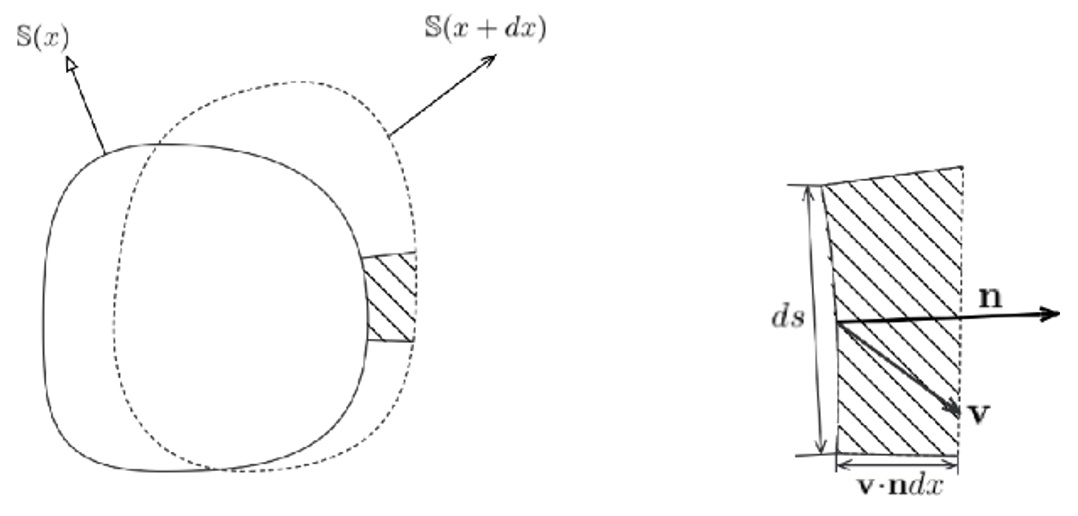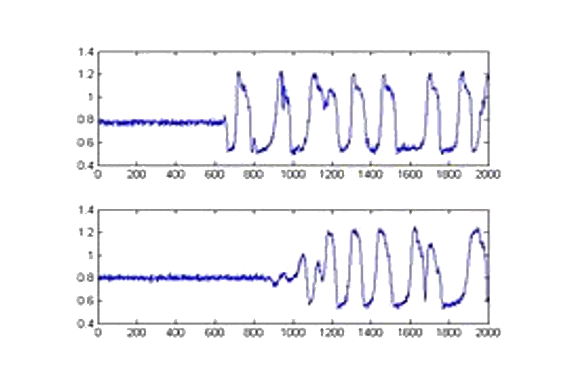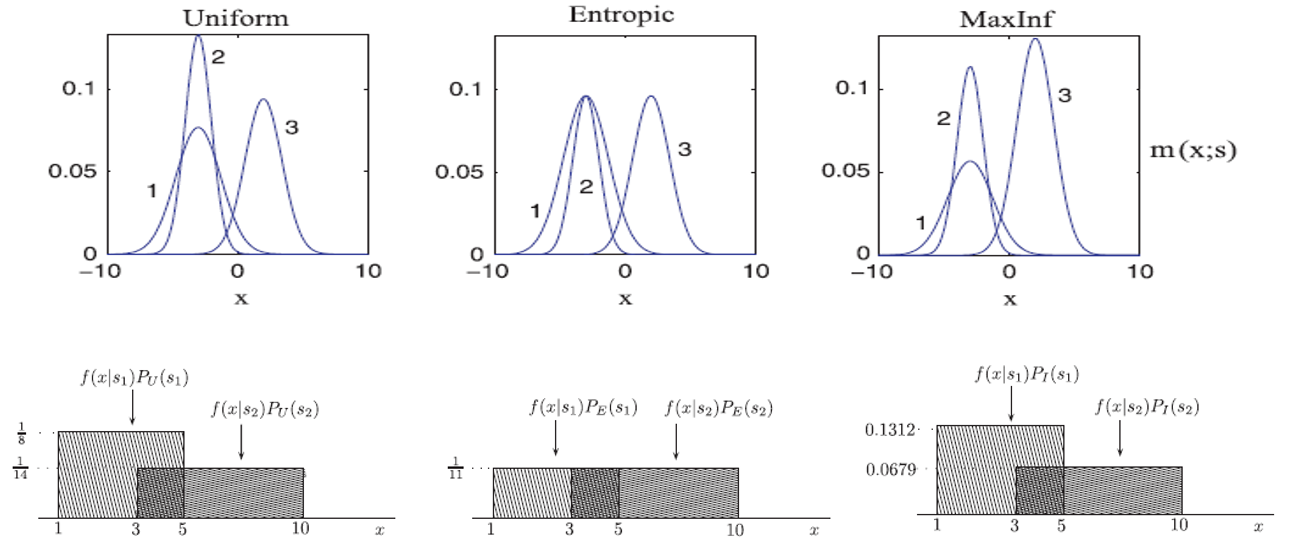Estimation theory aims at obtaining hidden information from measured empirical data using stochastic models.
Cramer-Rao Bounds
We have extended the classical Cramer-Rao bounds for parameter estimation when the support is parameter-dependent.

- Qin Lu, Yaakov Bar-Shalom, Peter Willett, Francesco Palmieri, and Frederick Daum, "The Multidimensional Cramer-Rao-Leibniz Lower Bound for Likelihood Functions with Parameter-Dependent Support," IEEE Trans. On Aerospace and Electronic Systems, Vol 53 , N. 5, pp 2331-2343, Print ISSN: 0018-9251, Online ISSN: 1557-9603, DOI: 10.1109/TAES.2017.2691979.
- Q. Lu, Y. Bar-Shalom, P. Willett, F. A. N. Palmieri and F. Daum, "Multidimensional Cramér-Rao-Leibniz lower bound for vector-measurement-based likelihood functions with parameter-dependent support," 2017 20th International Conference on Information Fusion (Fusion), Xi'an, July 10-13, 2017, pp. 1-8; doi: 10.23919/ICIF.2017.8009639.
Time-Delay Estimation
In many applications is crucial to be able to obtain reliable estimates of the time delay between different signals in the presence of distorsion and disturbances. 
- Y. Bar-Shalom, F. Palmieri, A. Kumar and H. M. Shertukde, "Analysis of Wide-Band Cross-Correlation for Time-Delay Estimation," IEEE Transactions on Acoustics Speech and Signal Processing, Vol. 41, N. 1, pp. 385-387, Jan. 1993.
- Y. Bar-Shalom, F. Palmieri, A. Kumar and H. M. Shertukde, "Analysis of Wide-Band Cross-Correlation for Target Detection and Time Delay Estimation," Proceedings of 1991 IEEE Int. Conference on Acoustics Speech and Signal Processing, Toronto, Canada, pp. 1293-1296, May 1991.
- Y. Bar-Shalom, F. Palmieri, A. Kumar, H. Shertukde, "Analysis of Wide-Band Cross-Correlation for Target Detection and Time Delay Estimation," Tech. Rep. 91-1, Department of Electrical and Systems Engineering, The University of Connecticut, Storrs, CT, April 1991.
Entropic Priors
In Bayesian estimation when little, or nothing, is known about prior probabilities, statisticians have been struggling in trying to find the best choice for these probabilities to use in applying Bayes’ theorem. We have contributed to the field proposing the “Entropic Priors” as the best choice that make no a priori assumption about the problem. Entropic priors, that are obtained from the maximization of a joint entropy measure, in many practical applications they lead to estimates that reflect nicely the best “common sense”.

- Francesco A. N. Palmieri and Domenico Ciuonzo, "Objective Priors from Maximum Entropy in Data Classification," Information Fusion, February 14, 2012, DOI: 10.1016/j.inffus.2012.01.012.
- D. Ciuonzo, F. A. N. Palmieri, "Entropic Priors for Hidden-Markov Process Classification," IEEE SSP2011, Statistical Signal Processing Workshop, Nice, France, June 28-30, 2011, ISBN: 978-1-4577-0569-4, DOI: 10.1109/SSP.2011.5967774.
- F. Palmieri and D. Ciuonzo, "Entropic Priors for Short-Term Stochastic Process Classification," 14th International Conference on Information Fusion, Chicago, IL USA, July 5-8 2011, ISBN: 978-1-4577-0267-9.
- F. Palmieri, D. Ciuonzo, "Consistency of Sequence Classification with Entropic Priors," Proc. of MAXENT2011 , 31st International Workshop on Bayesian Inference and Maximum Entropy Methods in Science and Engineering, Waterloo, Canada, July 10-15, 2011; AIP Press.
- F. Palmieri and D. Ciuonzo, "Data Fusion with Entropic Priors," 20th Workshop on Neural Networks, WIRN 2010, May 27-29, Vietri sul Mare, Salerno, Italy, IOS Press 2010, ISBN 978-1-60750-691-1


